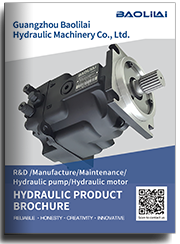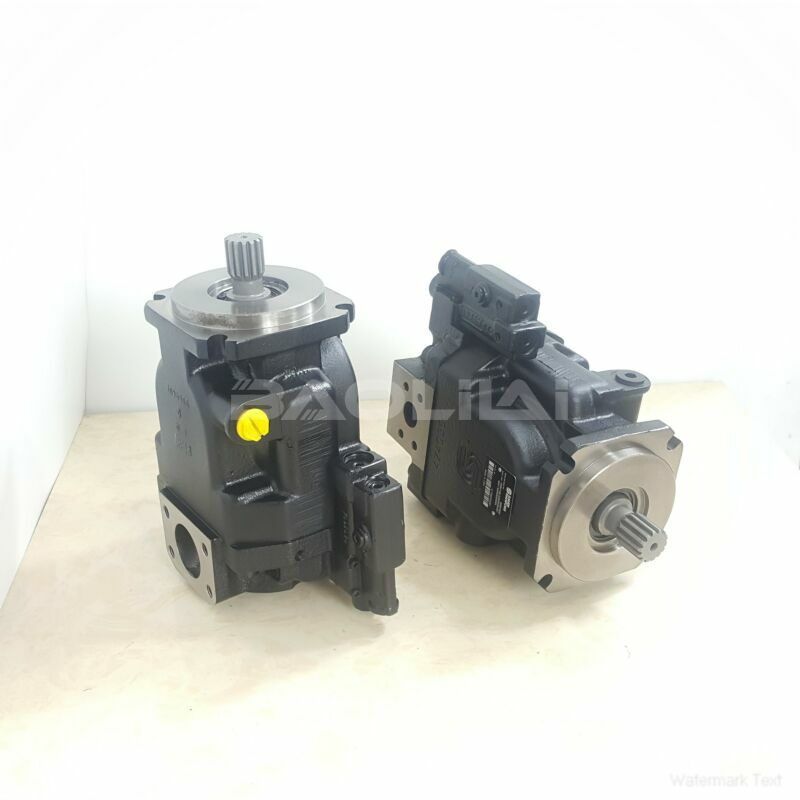FRR090CLS2020NNN3S1N2A3NAAANNNNNN danfoss pump
FRR090CLS2020NNN3S1N2A3NAAANNNNNN danfoss pump

- Product Details
- Applicable Scene
Piston pumps are crucial components in various industries, including hydraulic systems and water management. They are favored for their efficiency and ability to handle a wide range of liquids. However, pressure fluctuations can occur during operation, leading to inefficiencies and potential damage. Understanding the causes of these fluctuations and how to troubleshoot them is essential for maintaining optimal pump performance.
FR-R-090C-LS-20-20-NN-N-3-S1N2-A3N-AAA-NNN-NNN
FRR090CLS2020NNN3S1N2A3NAAANNNNNN
One common cause of pressure fluctuations in piston pumps is cavitation. This phenomenon occurs when the pressure in the pump falls below the vapor pressure of the liquid, forming vapor bubbles. When these bubbles collapse, they can create shockwaves that lead to erratic pressure readings. To troubleshoot cavitation, ensure that the pump is supplied with enough liquid and that the inlet pressure is adequate. Installing a larger inlet pipe or reducing the pump speed can also help alleviate the problem.

83002745
Another potential issue is stiction, the static friction between the piston and the pump cylinder. If the piston sticks during operation, it can cause abrupt pressure changes. Regular maintenance, including cleanliness checks and lubrication, is vital in preventing stiction. If stiction persists, consider inspecting or replacing worn components such as seals and bearings that may contribute to friction.
Malfunctioning check valves can also lead to pressure fluctuations. These valves are designed to prevent backflow and ensure a constant pressure. If a check valve fails to seat properly, it can cause oscillations in pressure readings. To troubleshoot this, inspect the check valves for wear or damage, and replace them if necessary. Ensure that they are correctly oriented, as improper installation can lead to inefficiencies.
Air leaks in the suction line can introduce compressible air into the system, causing fluctuations in the pressure. Conduct a thorough inspection of all hoses, fittings, and connections to ensure there are no leaks. If air is entering the system, identify and repair any leaks promptly to restore stable pressure.





